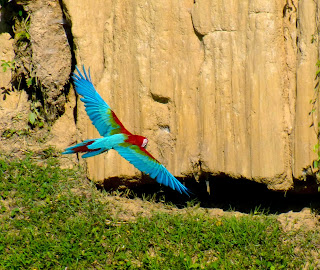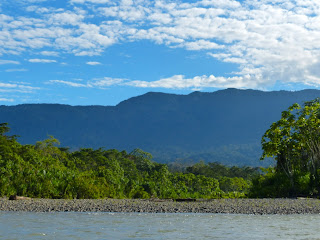Every blue moon a bird book is comes out that changes everything. Given the plethera of books published on the subject of birds it has become increasingly hard to produce something that truly breaks the mold. Enter The Unfeathered Bird.
Author and illustrator Katrina van Grouw explains in her acknowledgments that this work has been a very hard labour of love that first began twenty-five years ago. And like The Beatles, she too was rejected/ignored by publishers until her current one picked her up. Thank goodness is what I say. The Unfeathered Bird is Katrina's personal unapologetic attempt at a convergence of art and science. She succeeds, unapologetically.
Aside from the art, which I will talk about seperately, Katrina has written a book that talks about birds from the inside out. She speaks about the generic parts of a bird's anatomy before looking at how the internal bone structures, musculature plus bare parts like the feet and beak are variously employed by the different bird families. She has a very easy and largely non-scientific way of writing which engaged me instantly. Indeed, Katrina was fairly upfront right from the off in stating that this is a work that will not be slavishly tied to the normal taxominc order of things. Instead, she has rather bravely thrown that notion over her shoulder and grouped the families in order of structural similarity. Thus the waterbirds are grouped together in the same section and the birds of prey are also connected with the owls etc.
All of this brings me neatly onto the artwork. Fabulous is the word that I would use to describe her work. You can tell that she had spent hours and hours getting every detail of the skeletons right. It was just incredible to see how a penguin was constructed and generally just to see what a bird looks like stripped to the bare bones but engaged in its normal behaviour. I have never seen anything like this before and was genuinely captivated.
The Unfeathered Bird is the kind of book that I would have pored over every detail had I received it as an inquistive five year old. It may have even changed the course of my career - perhaps leading me into another arm (or wing!) of ornithology. It's the kind of inspirational book that would certainly fascinate the children of today and get everyone else thinking about birds in a totally different way.
I think that this book is a work of art. Katrina van Grouw should be applauded.



























